Does Back Pain from Sitting Go Away?
Back pain is a common complaint, especially in our modern world where prolonged sitting has become a part of daily life. Whether it’s from working at a desk, long commutes, or simply lounging in front of the TV, sitting for extended periods can lead to significant back discomfort. But the question remains: does back pain from sitting go away? In this comprehensive guide, we’ll explore the causes of back pain from sitting, discuss whether it can be alleviated, and provide effective solutions to manage and reduce back pain.
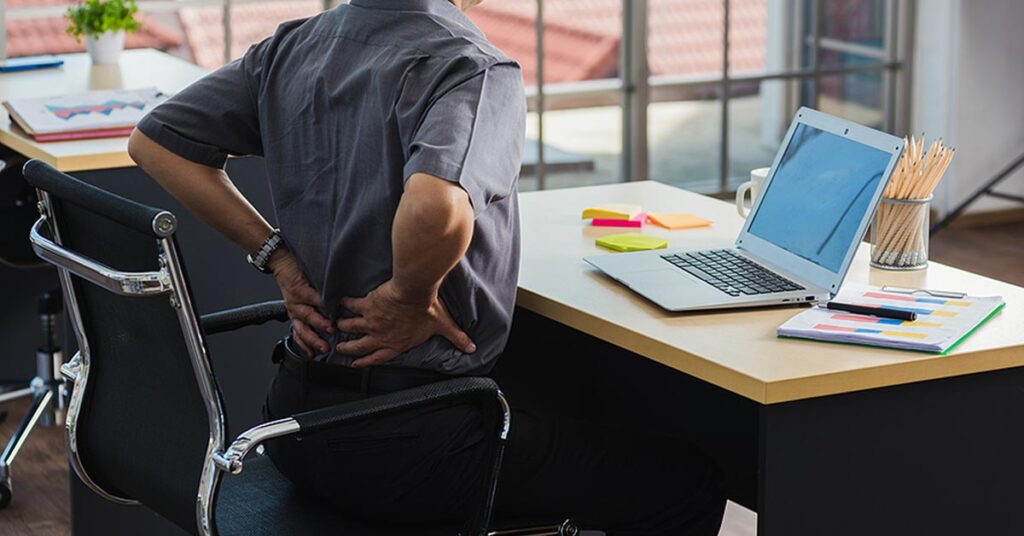
What Causes Back Pain from Sitting?
To understand whether back pain from sitting goes away, it’s important to first identify the causes. Prolonged sitting, especially in poor posture, puts undue pressure on the spine, muscles, and ligaments. Over time, this can lead to discomfort and chronic pain. Some of the primary causes include:
- Poor Posture: Slouching or leaning forward while sitting places extra stress on the spine and back muscles, leading to pain.
- Weak Core Muscles: The muscles that support the spine, including the core muscles, may weaken over time, contributing to poor posture and back pain.
- Compression of Spinal Discs: Sitting for long periods can compress the discs in your lower back, leading to irritation and pain.
- Inactivity: Lack of movement during sitting contributes to stiffness and tightness in the back muscles, which can cause pain.
- Muscle Fatigue: Sitting for hours without standing or shifting positions leads to muscle fatigue, which can cause discomfort and even spasms.
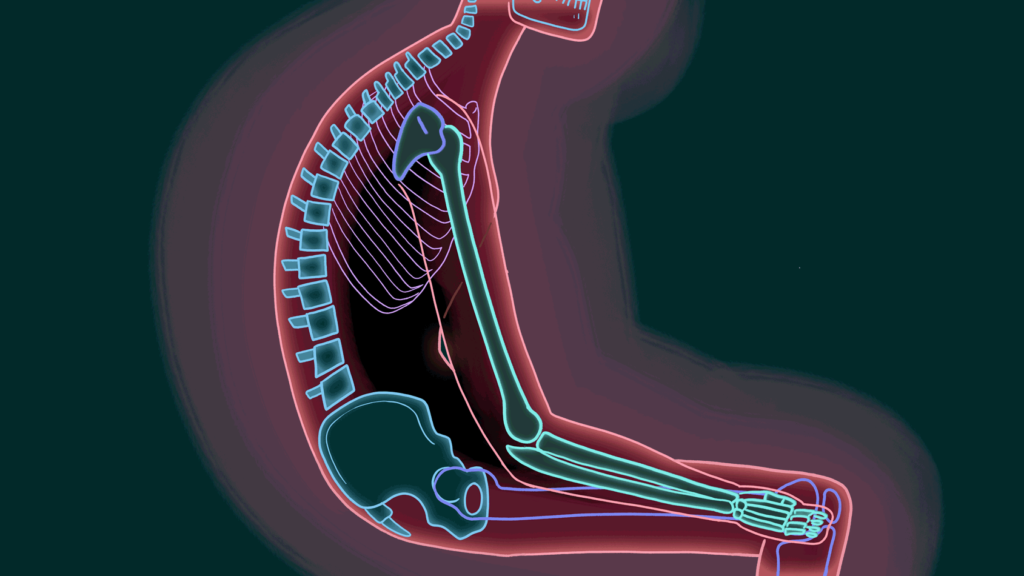
Does Back Pain from Sitting Go Away on Its Own?
In many cases, back pain from sitting does not last long and can improve with some simple adjustments. However, whether or not back pain goes away depends on several factors, including the severity of the pain, the underlying causes, and how proactive you are about managing the discomfort.
- Short-Term Pain: For many people, back pain from sitting is temporary. It can occur after a long day of sitting and may subside after resting or changing positions. This type of pain usually goes away on its own within a few hours or days.
- Chronic Pain: For others, sitting-related back pain can become chronic, especially if the underlying causes are not addressed. If the pain persists for several weeks or becomes recurrent, it may not go away on its own and requires intervention.
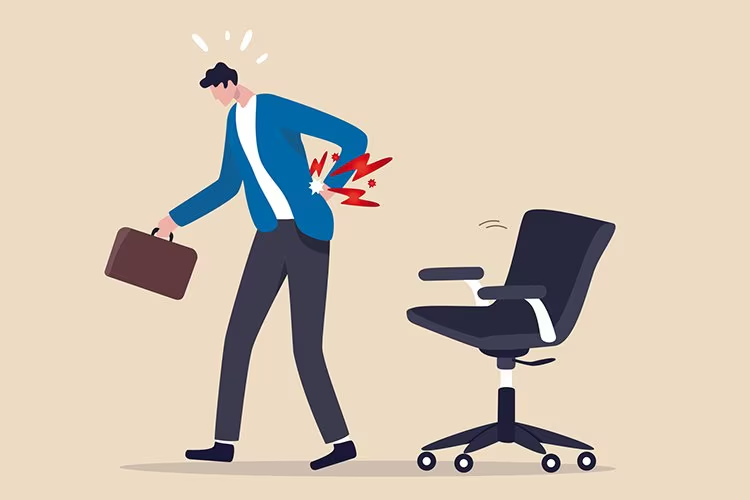
Can You Prevent Back Pain from Sitting?
While it’s not always possible to avoid back pain completely, there are several effective strategies to prevent it from occurring in the first place. By incorporating these habits into your daily routine, you can reduce your risk of developing chronic back pain.
1. Ergonomic Workstations
Setting up an ergonomic workstation is one of the most effective ways to prevent back pain from sitting. Make sure your desk and chair are set up to promote good posture. The chair should provide lower back support, and the desk should allow your forearms to rest comfortably. Your computer screen should be at eye level to avoid straining your neck.
2. Proper Posture
Maintaining good posture while sitting is essential. Sit up straight with your shoulders back, feet flat on the floor, and knees at a 90-degree angle. Avoid slouching or leaning forward, as this can put extra pressure on your spine.
3. Take Frequent Breaks
Sitting for long periods without moving can cause stiffness and pain. To avoid this, take regular breaks to stand, stretch, and move around every 30-60 minutes. A few minutes of movement can help improve circulation and reduce the strain on your back.
4. Strengthen Core Muscles
Weak core muscles contribute to poor posture and back pain. Engage in exercises that target your core muscles, such as planks, bridges, and abdominal crunches. A strong core provides better support for your spine and reduces the risk of injury.
5. Stretching
Stretching your back, hips, and legs regularly can help alleviate tension and improve flexibility. Focus on stretches that target the lower back and hip flexors, as these are areas that can become tight from sitting.
6. Use a Standing Desk
If possible, try using a standing desk or alternating between sitting and standing throughout the day. Standing promotes better posture and reduces the pressure on your spine, helping to prevent back pain.
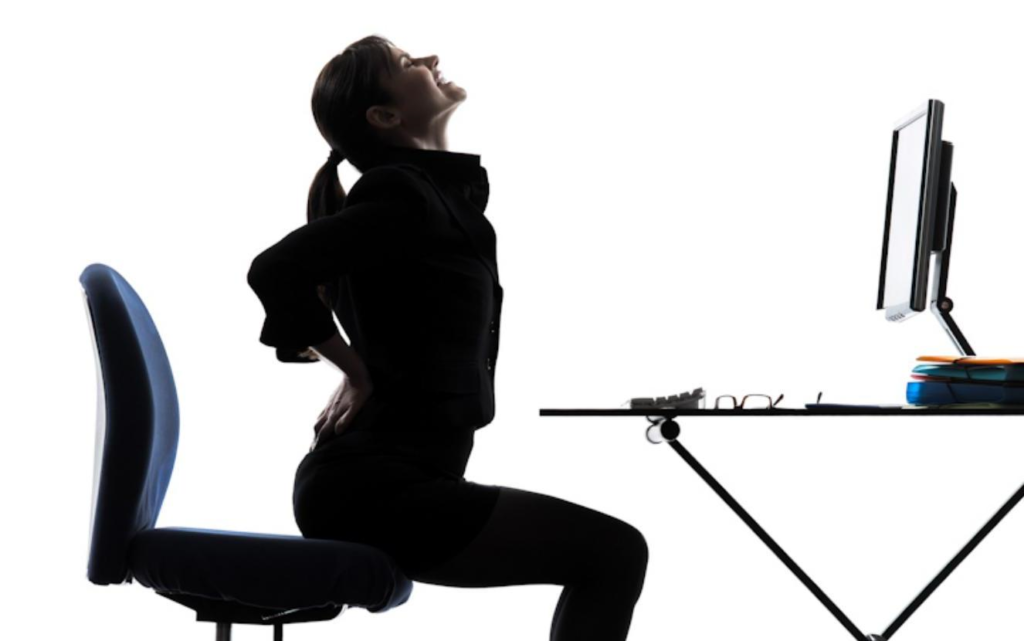
How to Relieve Back Pain from Sitting
If you’re already experiencing back pain from sitting, there are several steps you can take to relieve the discomfort.
1. Apply Heat or Cold Therapy
Heat and cold therapy are common and effective methods for managing back pain. Apply a cold pack to reduce inflammation and numb the pain, or use a heating pad to relax tight muscles and promote blood flow.
2. Perform Gentle Stretches
Gentle stretches can help relieve tension in your back muscles. Focus on stretches that target the lower back, such as the cat-cow stretch, child’s pose, and forward bends.
3. Take Over-the-Counter Pain Relief
If your back pain is severe, over-the-counter pain relievers such as ibuprofen or acetaminophen can help reduce inflammation and provide relief. Always follow the recommended dosage instructions.
4. Consider Physical Therapy
If back pain persists, consider seeing a physical therapist. A physical therapist can guide you through exercises and techniques to improve your posture, strengthen your muscles, and reduce pain.
5. Massage Therapy
Massage therapy can help alleviate muscle tension and reduce back pain. A professional massage therapist can target the muscles that are contributing to your pain and help relieve discomfort.
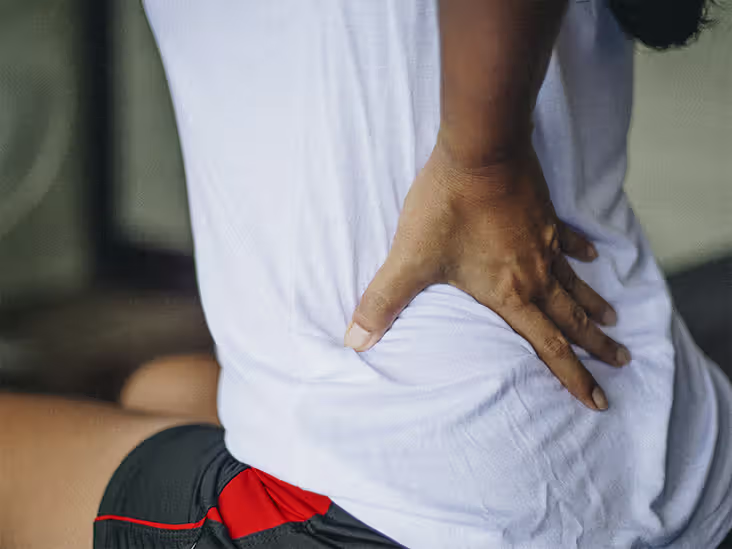
When Should You See a Doctor?
If your back pain from sitting does not improve after making changes to your posture, taking breaks, and trying other self-care methods, it may be time to consult a doctor. A healthcare professional can diagnose the underlying cause of your pain and recommend appropriate treatment. Seek medical attention if:
- The pain is severe or persistent.
- You experience numbness, tingling, or weakness in your legs.
- The pain spreads to other areas of your body.
- You experience difficulty moving or walking.
Can Sitting Cause Long-Term Back Issues?
While back pain from sitting is often temporary, long-term or untreated back pain can lead to chronic conditions. Poor posture, muscle imbalances, and lack of movement can contribute to the development of issues such as:
- Herniated Discs: Prolonged sitting and poor posture can cause the discs in your spine to slip or bulge, leading to severe pain.
- Sciatica: Prolonged sitting can put pressure on the sciatic nerve, causing radiating pain down the legs.
- Spinal Stenosis: Chronic sitting and pressure on the spine can lead to narrowing of the spinal canal, resulting in pain and numbness.

Conclusion
In many cases, back pain caused by sitting can go away with time and simple interventions, such as adjusting your posture, taking regular breaks, and incorporating stretching and strengthening exercises into your routine. However, if back pain persists or becomes chronic, it’s essential to seek medical attention. By understanding the causes of back pain and adopting preventive measures, you can reduce your risk of experiencing discomfort and maintain a healthy, pain-free back.
Remember: Does back pain from sitting go away? Yes, it can – but only if you take the right steps to address it early and maintain healthy habits.






1 Comment